Roman Culture Final
1/43
There's no tags or description
Looks like no tags are added yet.
Name | Mastery | Learn | Test | Matching | Spaced |
|---|
No study sessions yet.
44 Terms
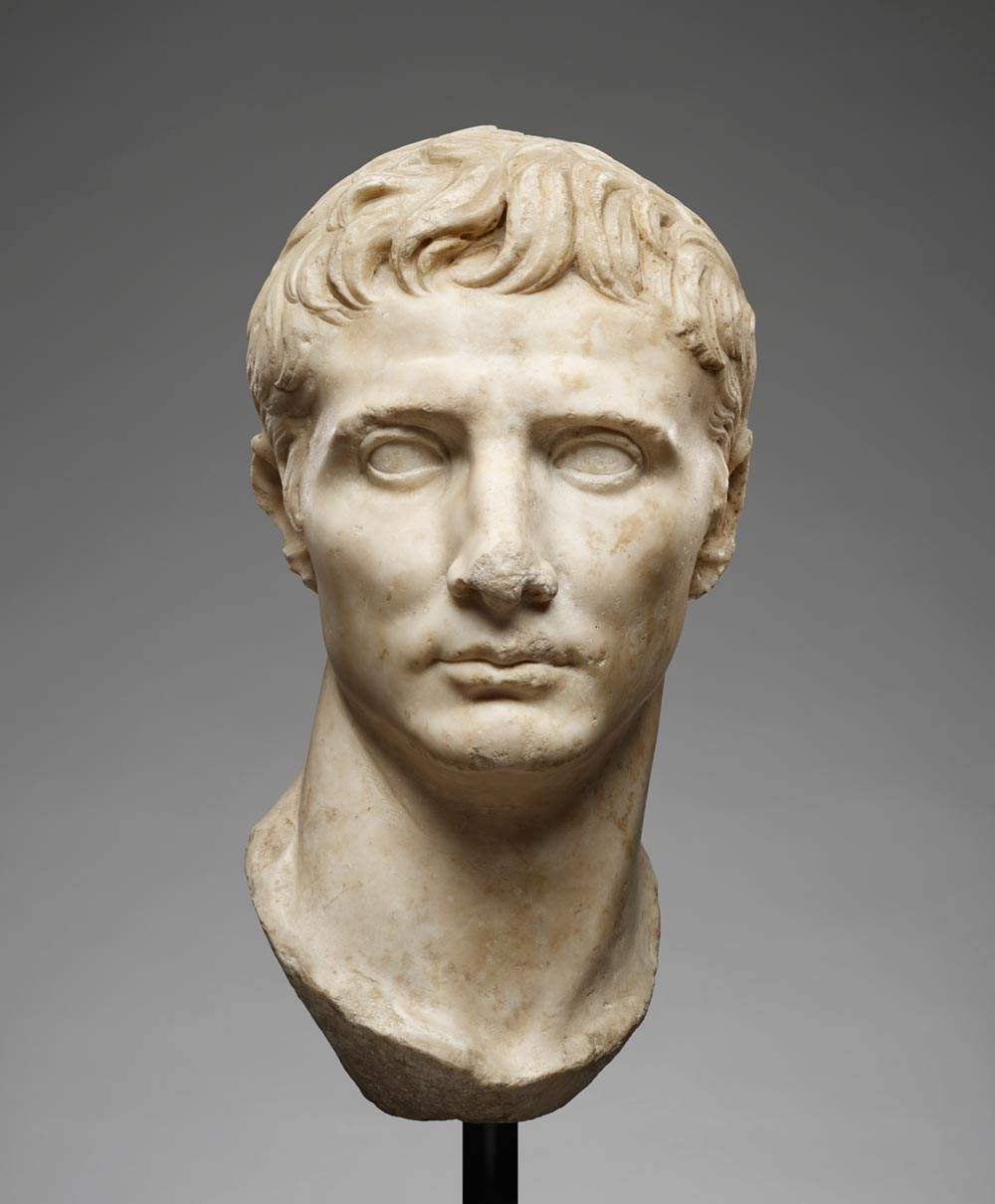
Julius Caesar Portrait
Era: Roman Republic
Description: Bust for honorific purposes, represents achievements and heroism
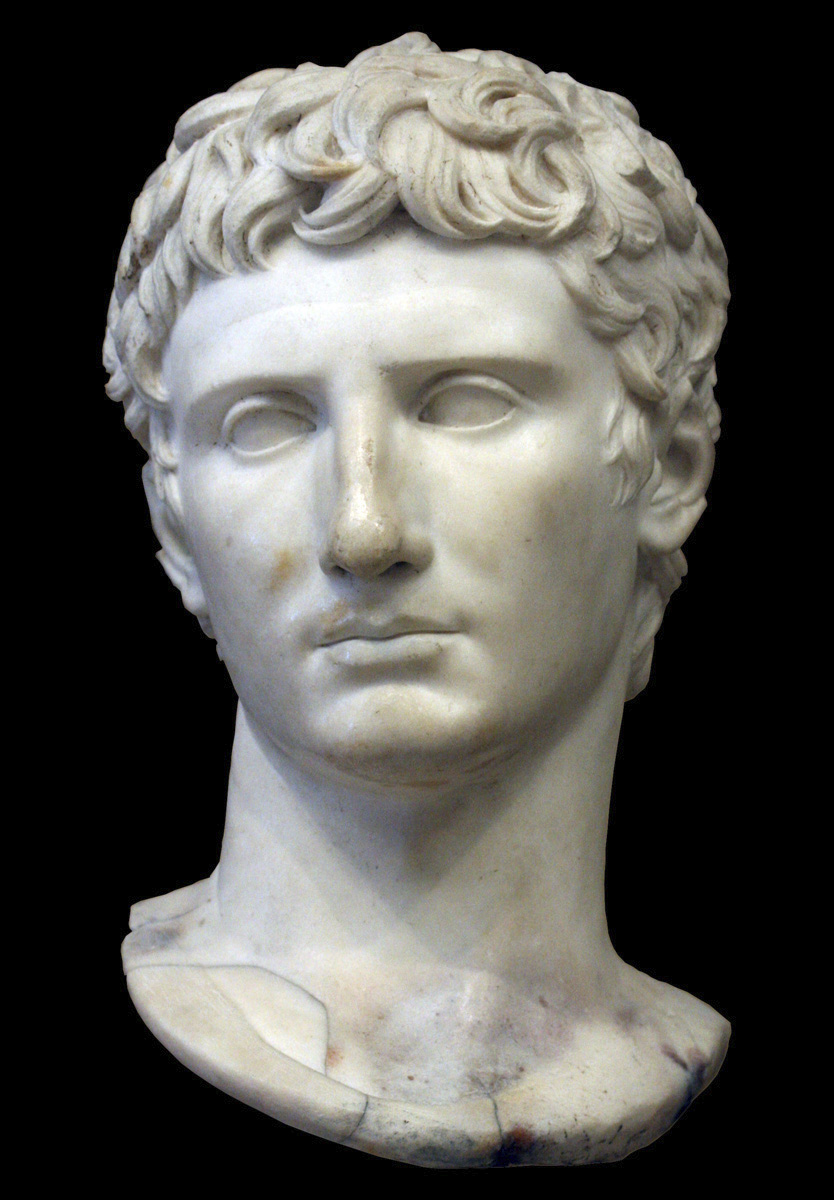
Augustus Portrait
Era: Roman Republic
Description: Bust for honorific purposes, represents achievements and heroism
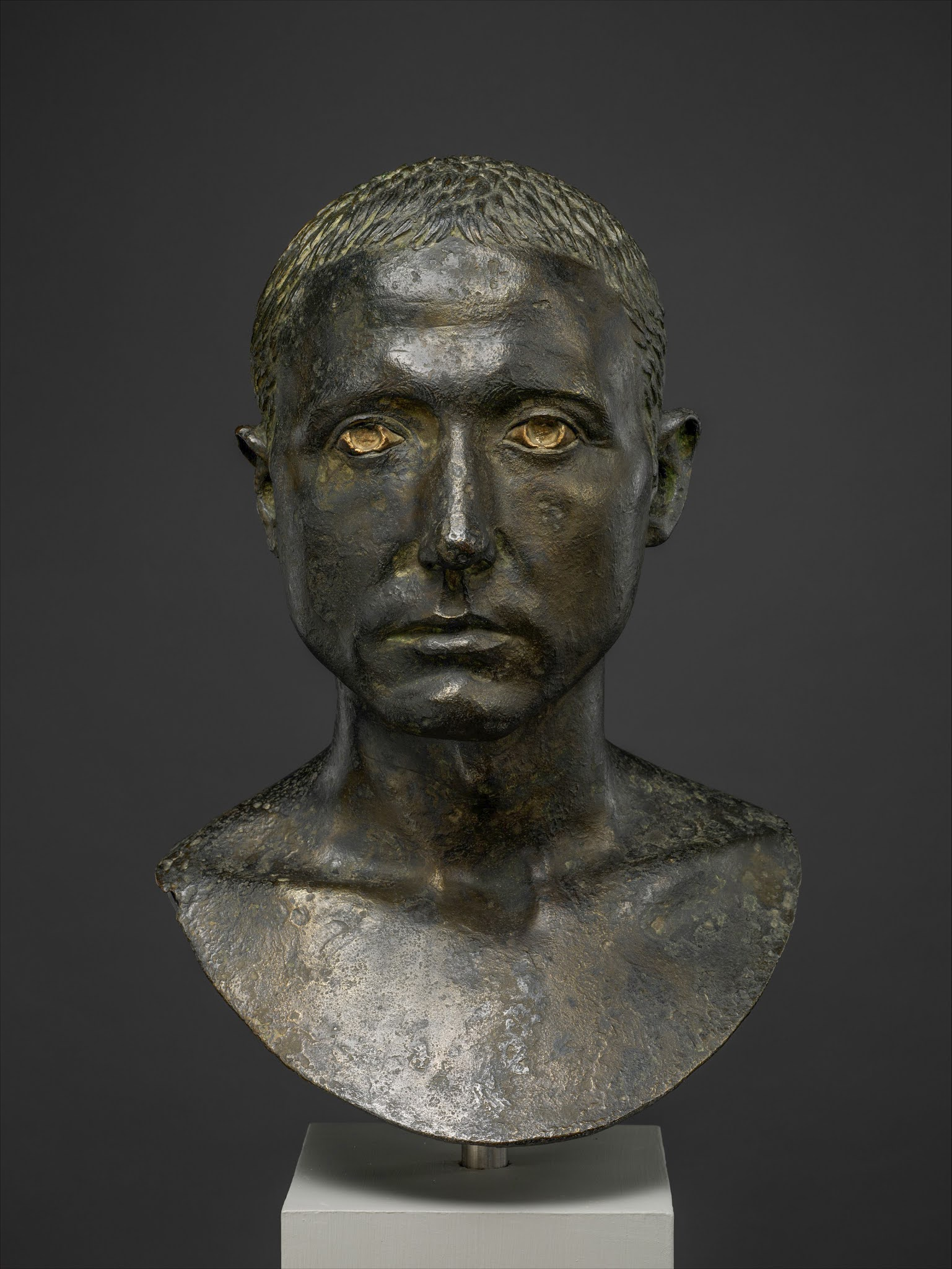
Bronze Roman Republic Statue
Era: Roman Republic
Description: Bust for honorific purposes, represents achievements and heroism
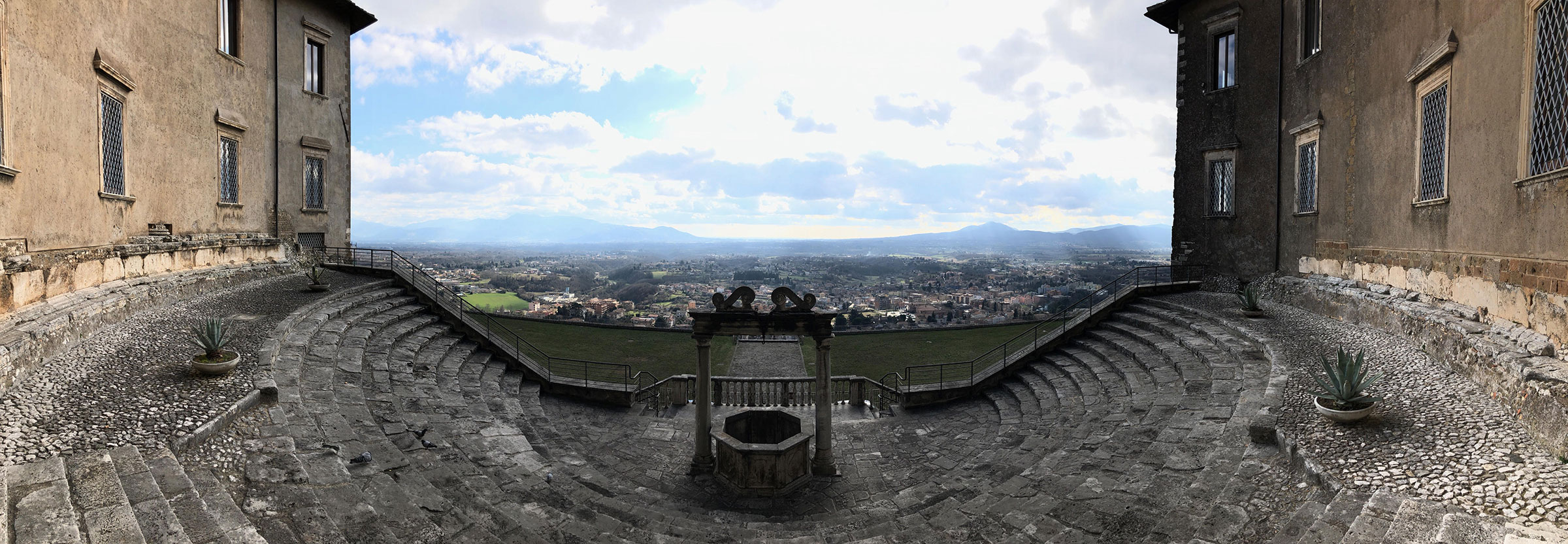
Sanctuary of Fortuna
Era: Roman Republic
Description: Cult worship and honoring higher power

Temple of Jupiter
Era: Roman Republic
Description: Cult worship and honoring higher power
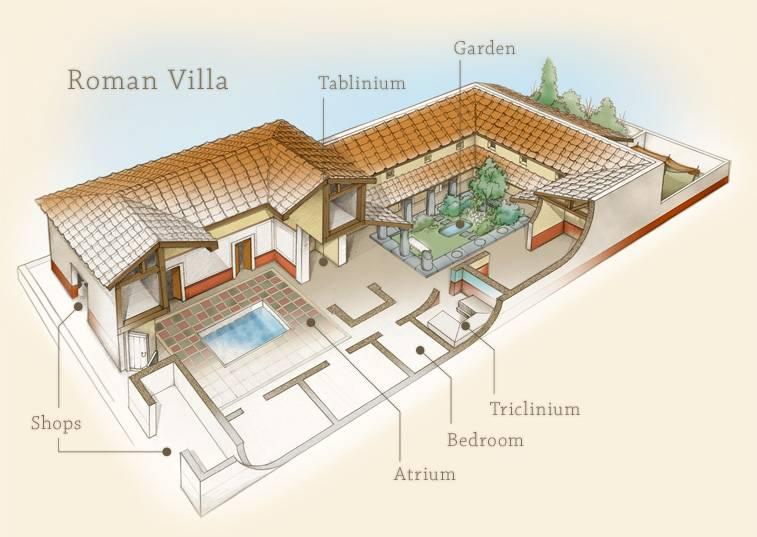
Standard Domus Layout
Era: Roman Republic
Description: Townhouse like, constructed for higher-middle class citizens
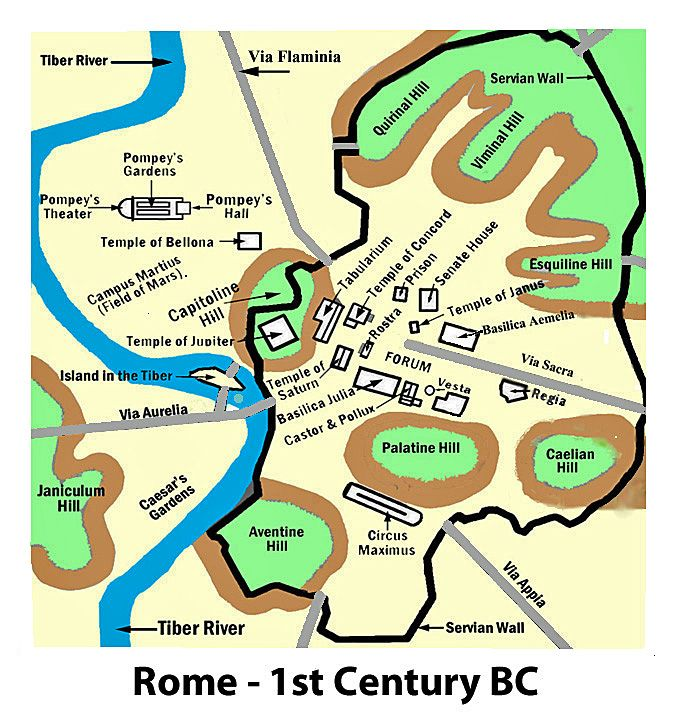
Basic Layout of Rome
Era: Roman Republic
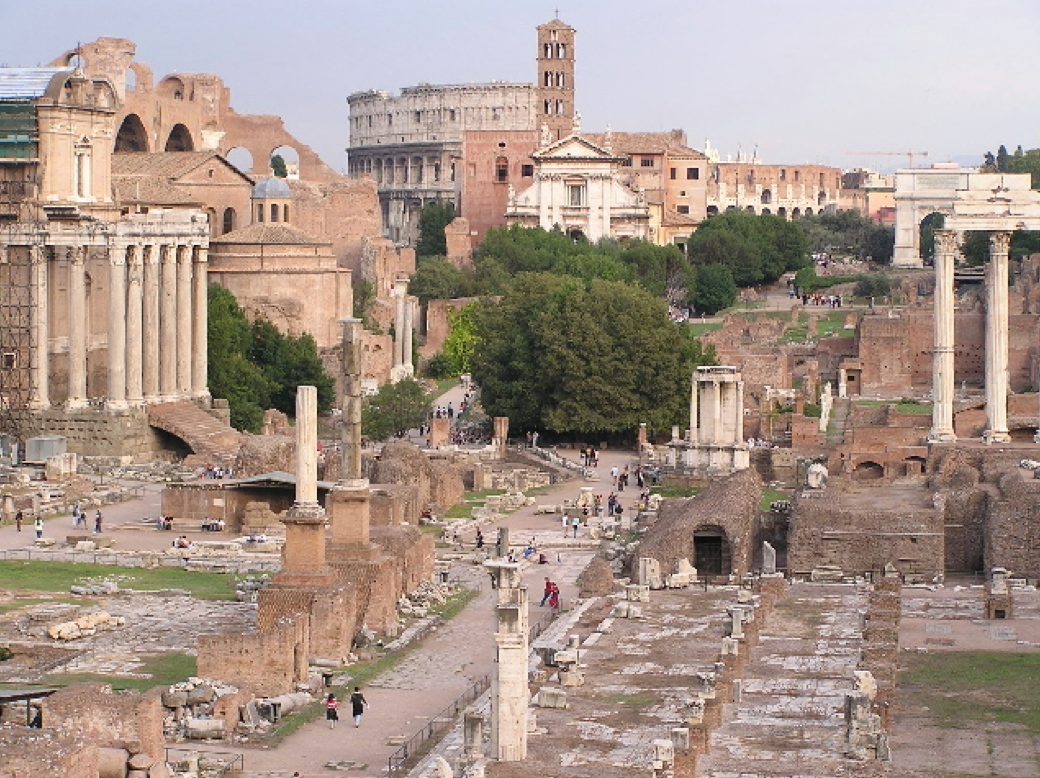
Capitoline Hill
Era: Roman Republic
Description: Served as the center of Rome and housed early citizens
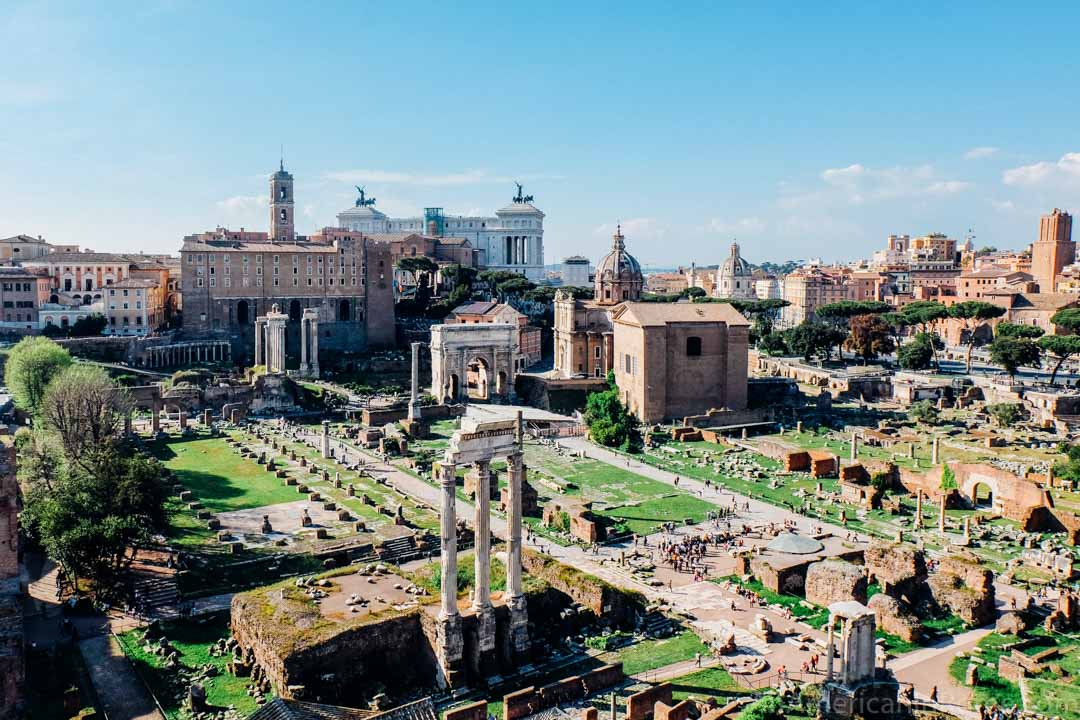
Palatine Hills
Era: Roman Republic
Description: Palaces built on hills that were founded by Romulus
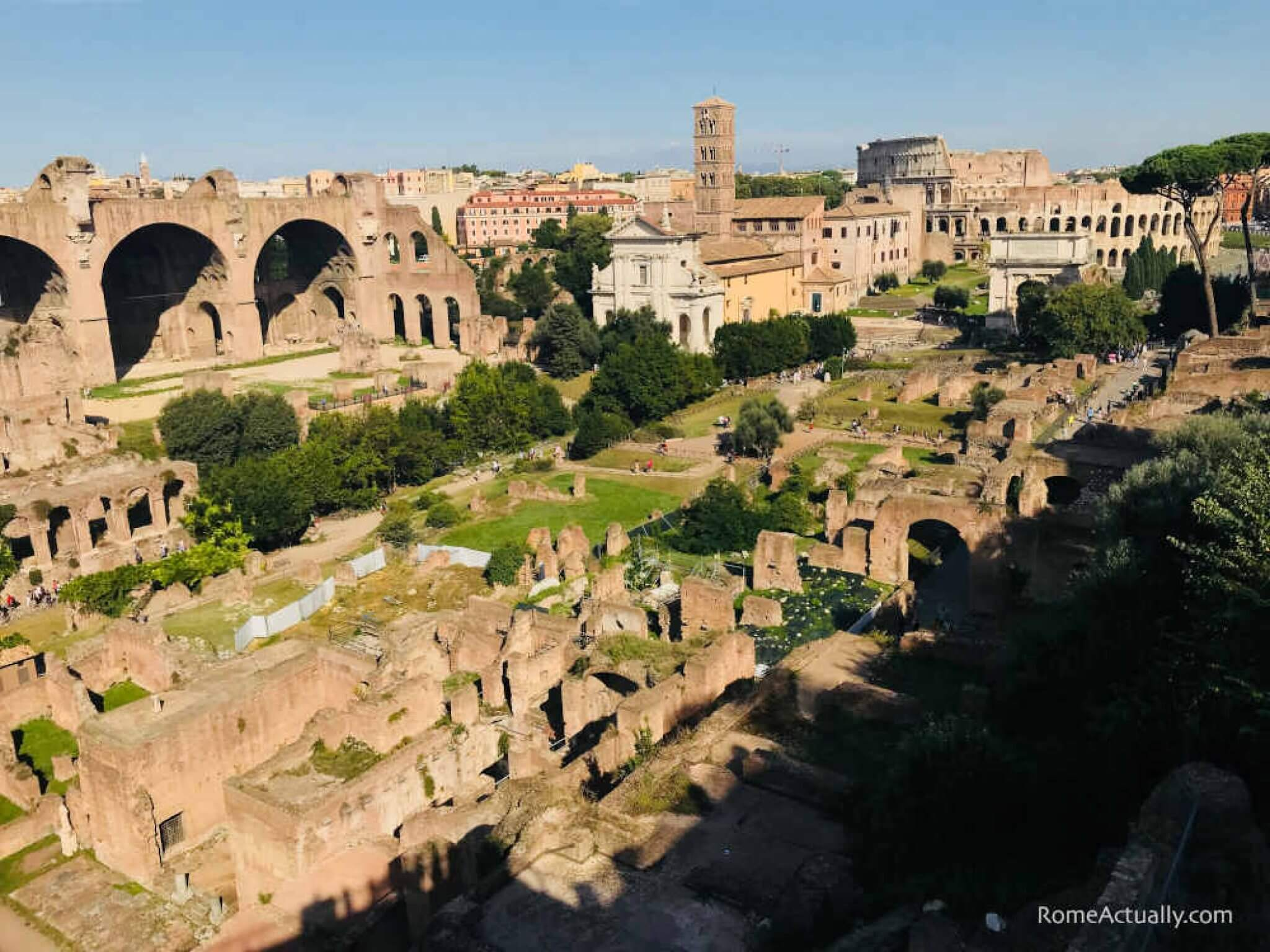
Forum
Era: Roman Republic
Description: Scene of meetings, public courts, and combat and was lined with shops and markets
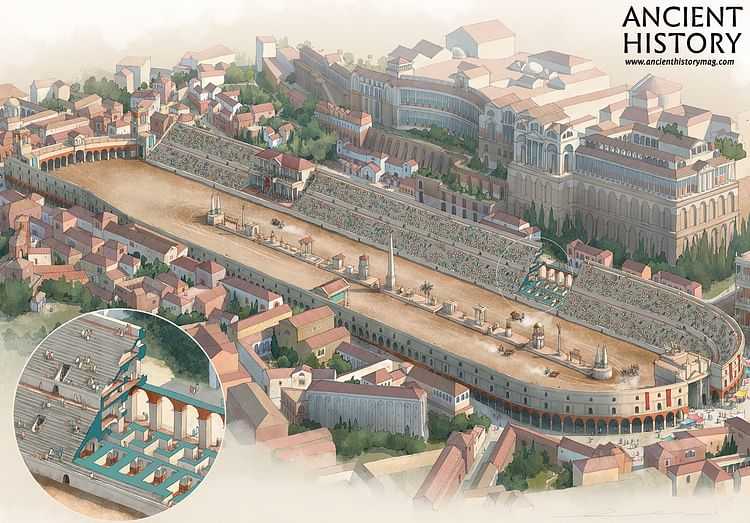
Circus Maximus
Era: Roman Republic
Description: Chariot Racetrack, also used for other things like roman games and gladiator fights
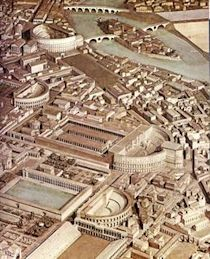
Campus Martius
Era: Roman Republic
Description: Publicly owned area of Rome, historically used as military grounds
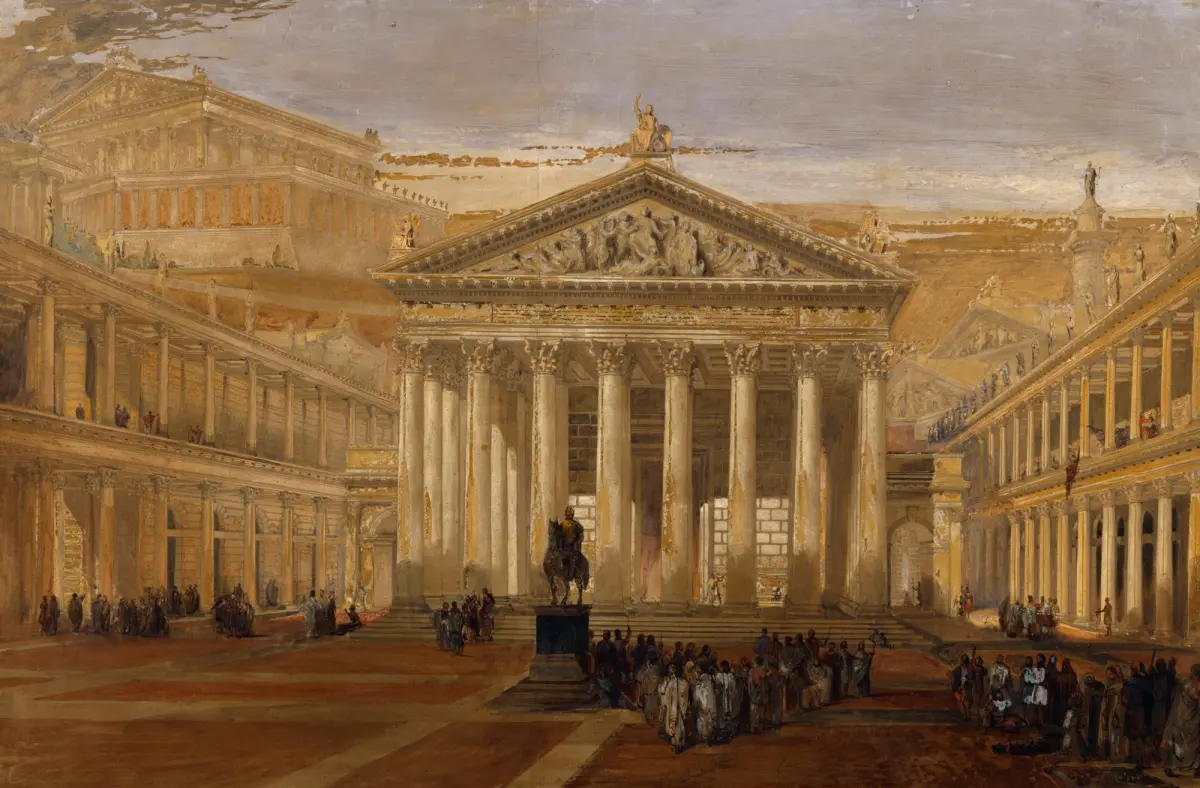
Forum of Julius Caesar
Era: Roman Republic
Description: Built to honor Caesar and his success

Altar of Domitius Ahenobarbus
Era: Roman Republic
Description: Art broken up into scenes representing roman and greek establishment
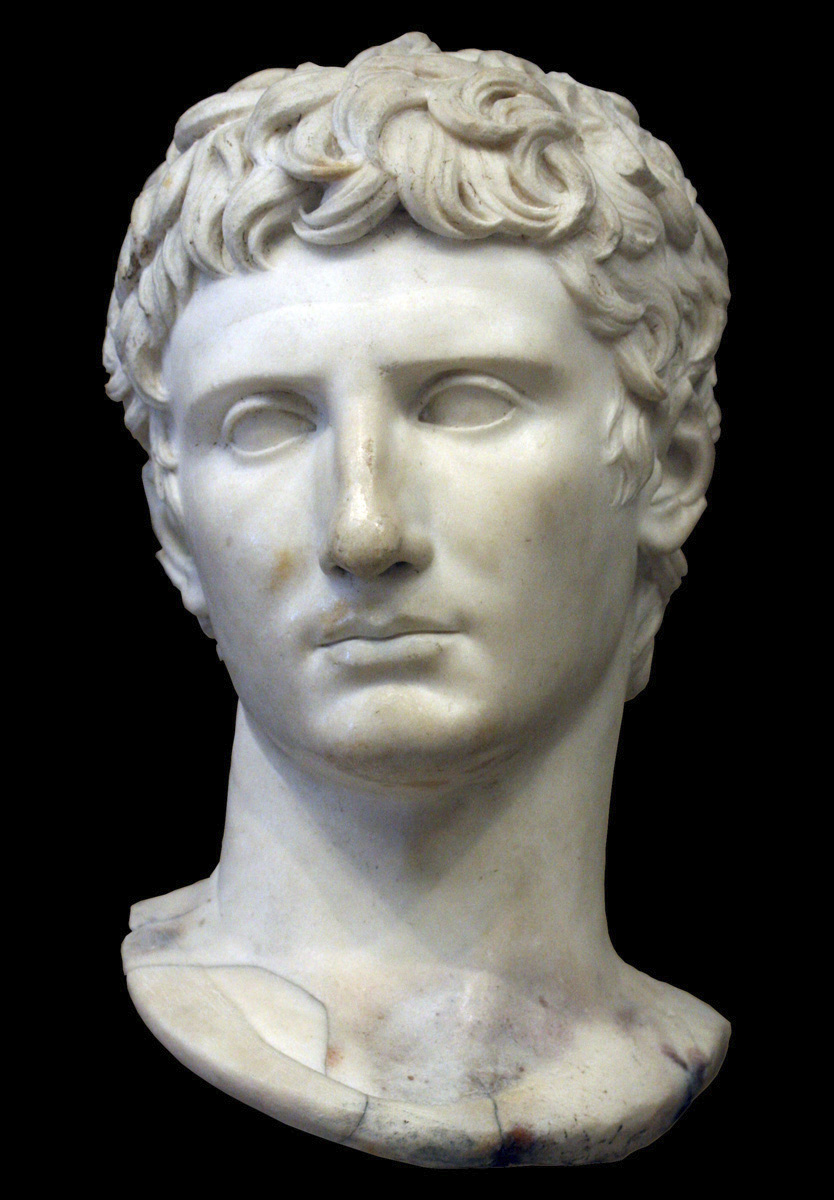
Portrait of Augustus
Era: Augustan Age
Description: Showcased as heroic, always clean, and ageless features

Portrait of Livia
Era: Augustan Age
Description: Often shown with children, was politically educated, and usually portraits were very detailed. She was typically perceived as above others and important to Augustus.
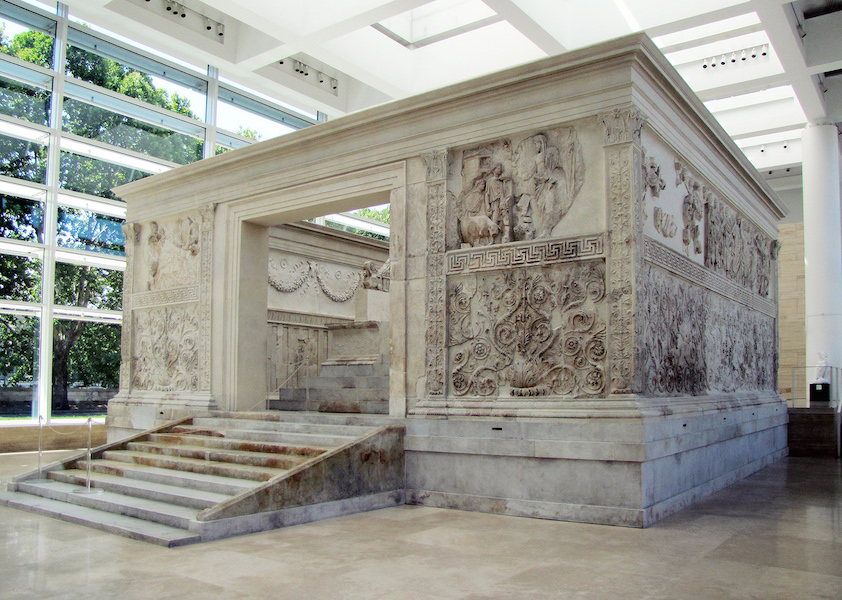
The Altar of Augustan Peace
Era: Augustan Age
Description: Honors the return of Augusts to Rome
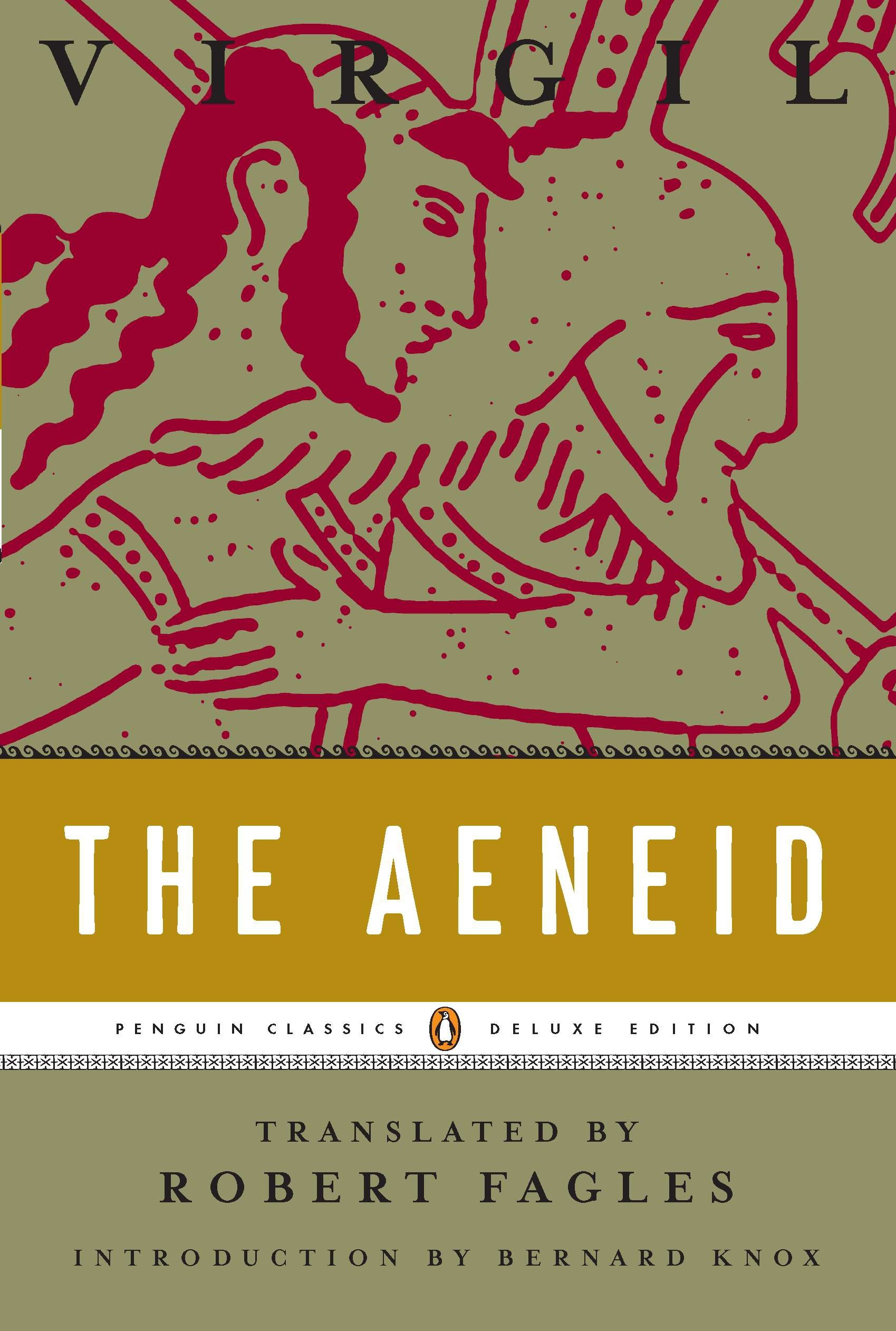
The Aeneid
Era: Augustan Age
Description: Poem by Virgil that tells the story of Aeneas
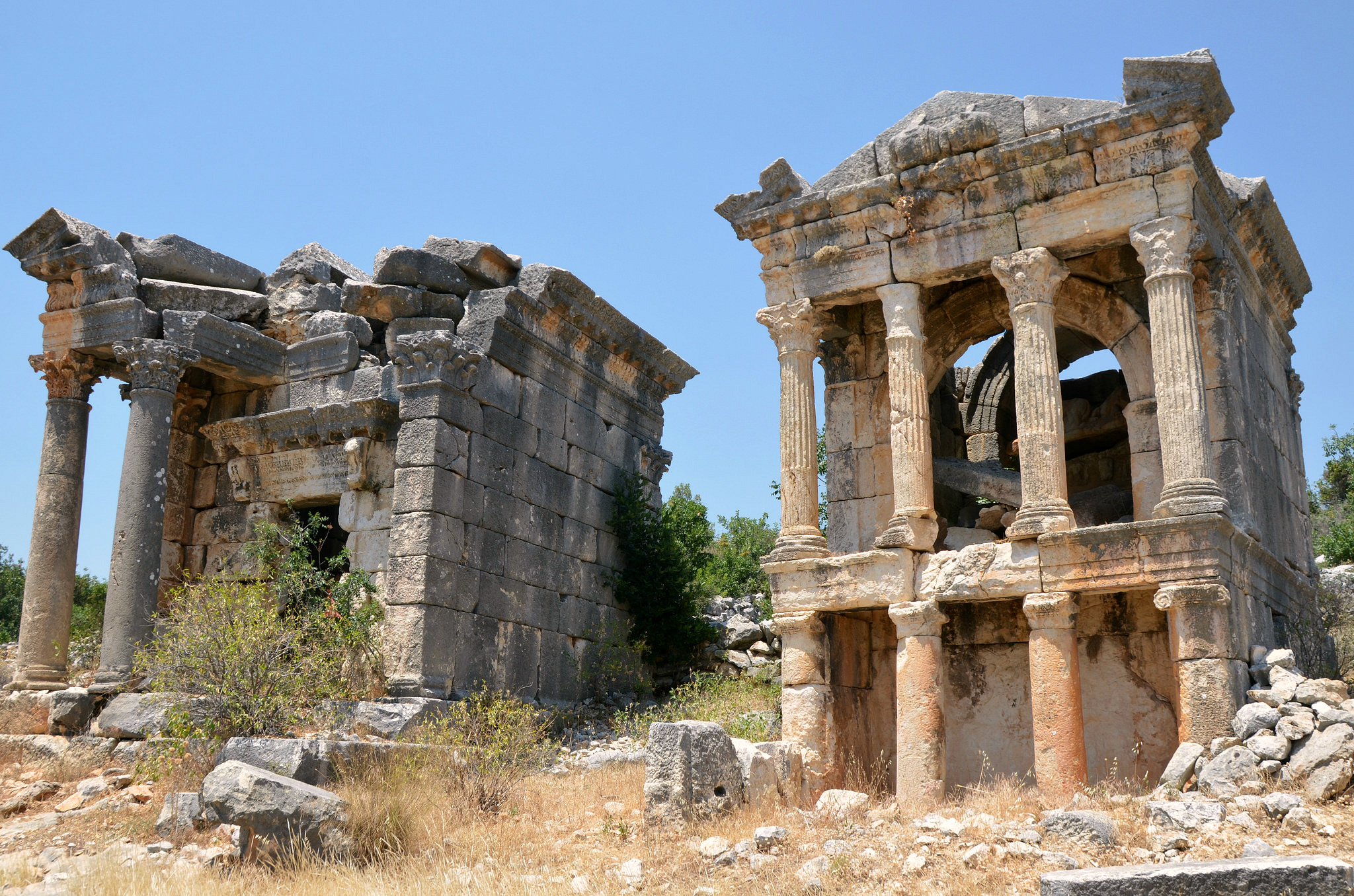
Large Roadside Tombs from the Augustan Era
Era: Augustan Age
Description: Burial sites for notable roman citizens
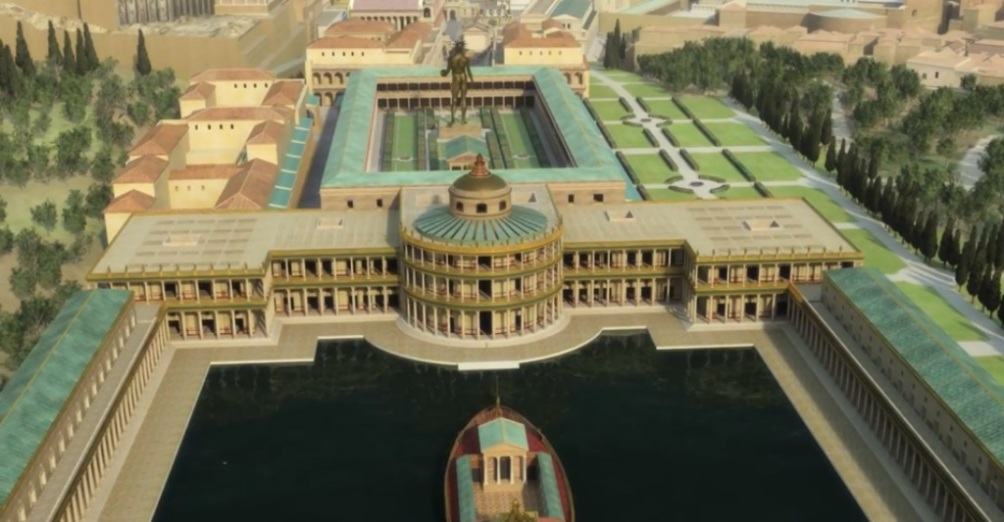
Nero’s Golden House (Domus Aurea)
Era: Julio-Claudian Dynasty
Description: Palace for Roman Emperor Nero

Flavian Amphitheater (Roman Coliseum)
Era: The Flavian Dynasty
Description: Named Flavian because of the Flavian emperors, used for gladiatorial contests and public spectacles
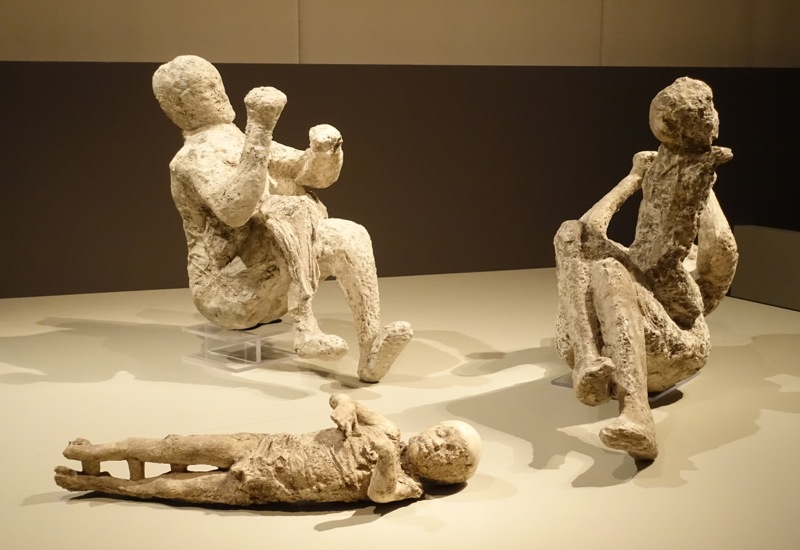
Pompeii Body Casts
Era: The Flavian Dynasty
Description: Mount Vesuvius eruption trapped citizens inside and formed rock-hard casts
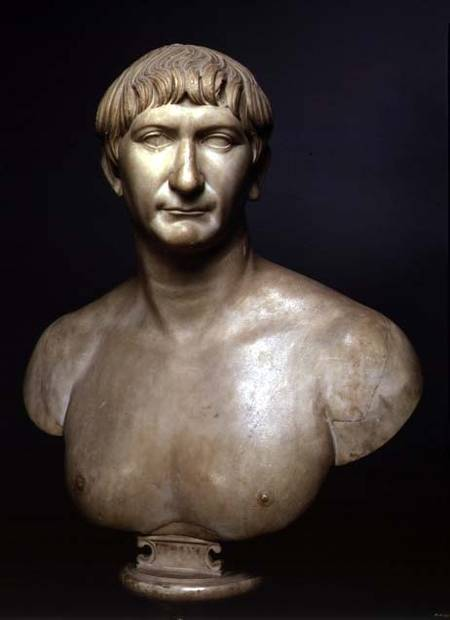
Portrait of Trajan
Era: Second Century / “adoptive” emperors
Description: More detailed portraits, showing more of the body
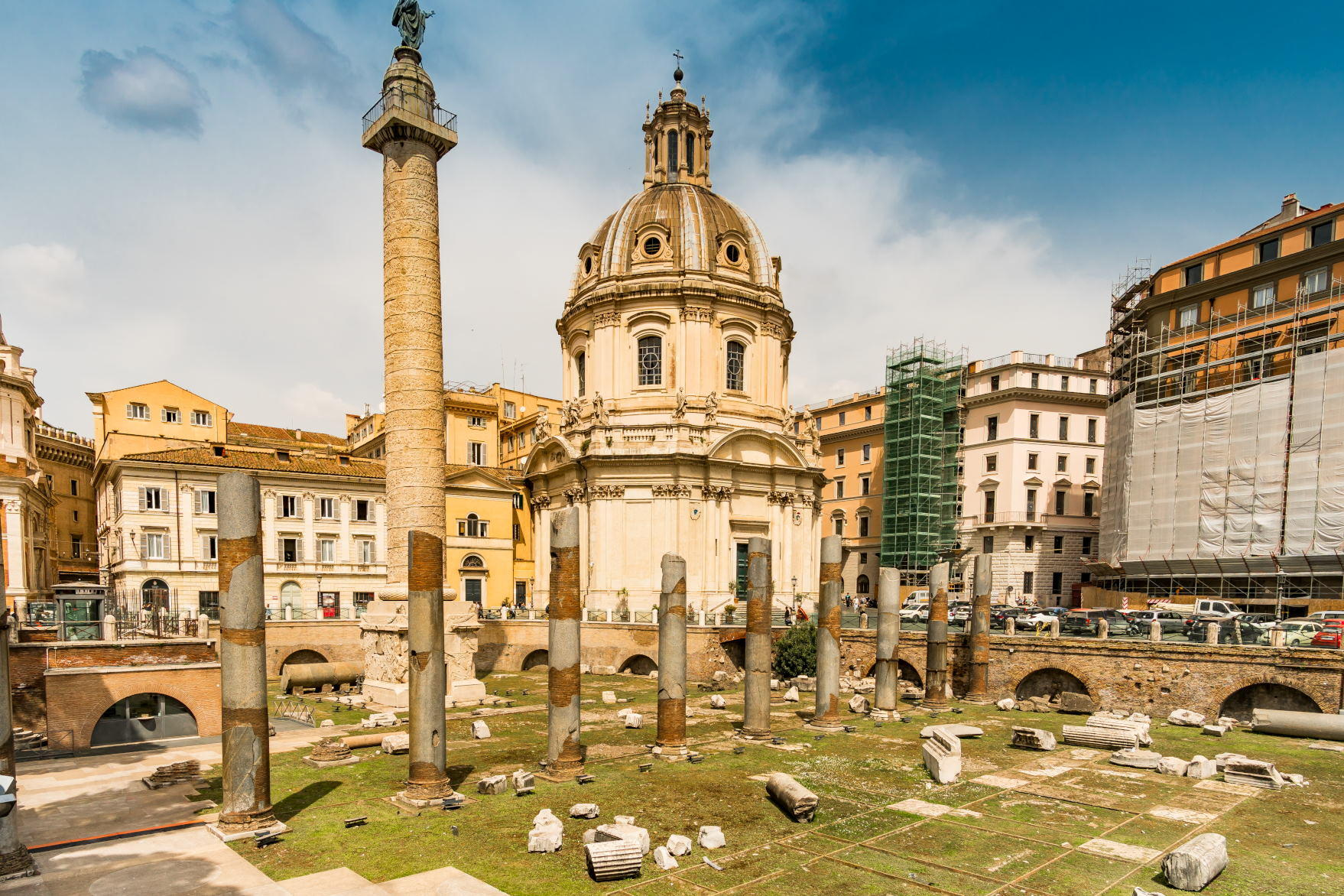
Trajan’s Forum
Era: Second Century / “adoptive” emperors
Description: Largest forum of Ancient Rome
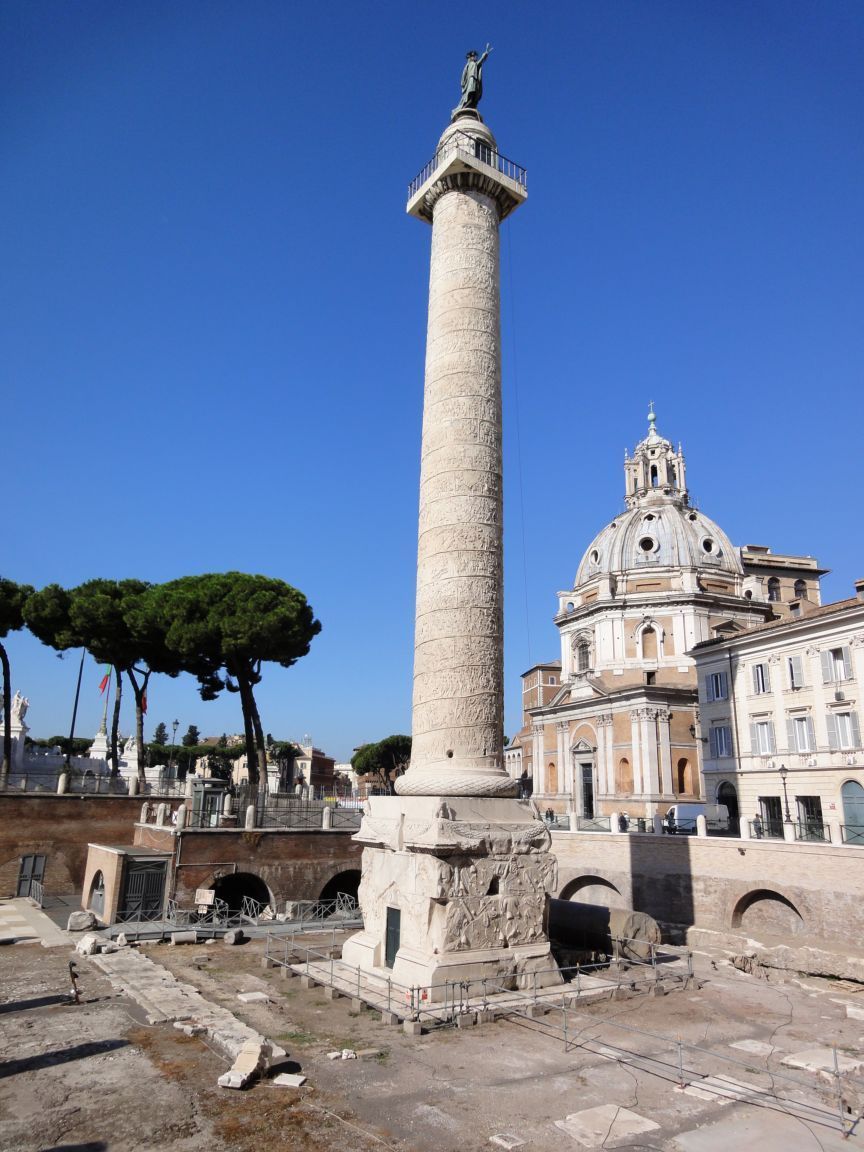
Trajan’s Column
Era: Second Century / “adoptive” emperors
Description: 100ft tall column built in the forum to honor Trajan, details from Roman history and battles on the column
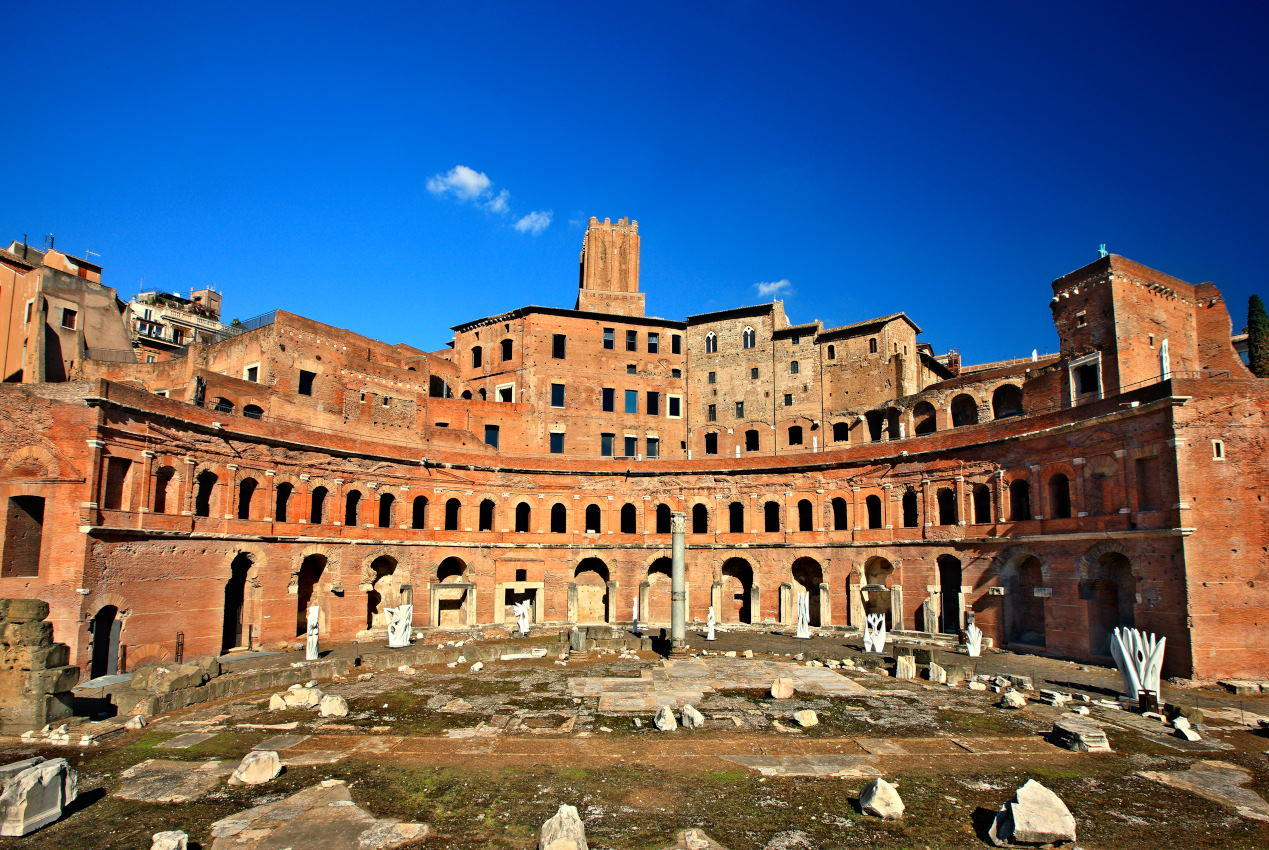
Trajan’s Market
Era: Second Century / “adoptive” emperors
Description: Trajans designed markets after defeating Dacia, known as worlds first shopping mall
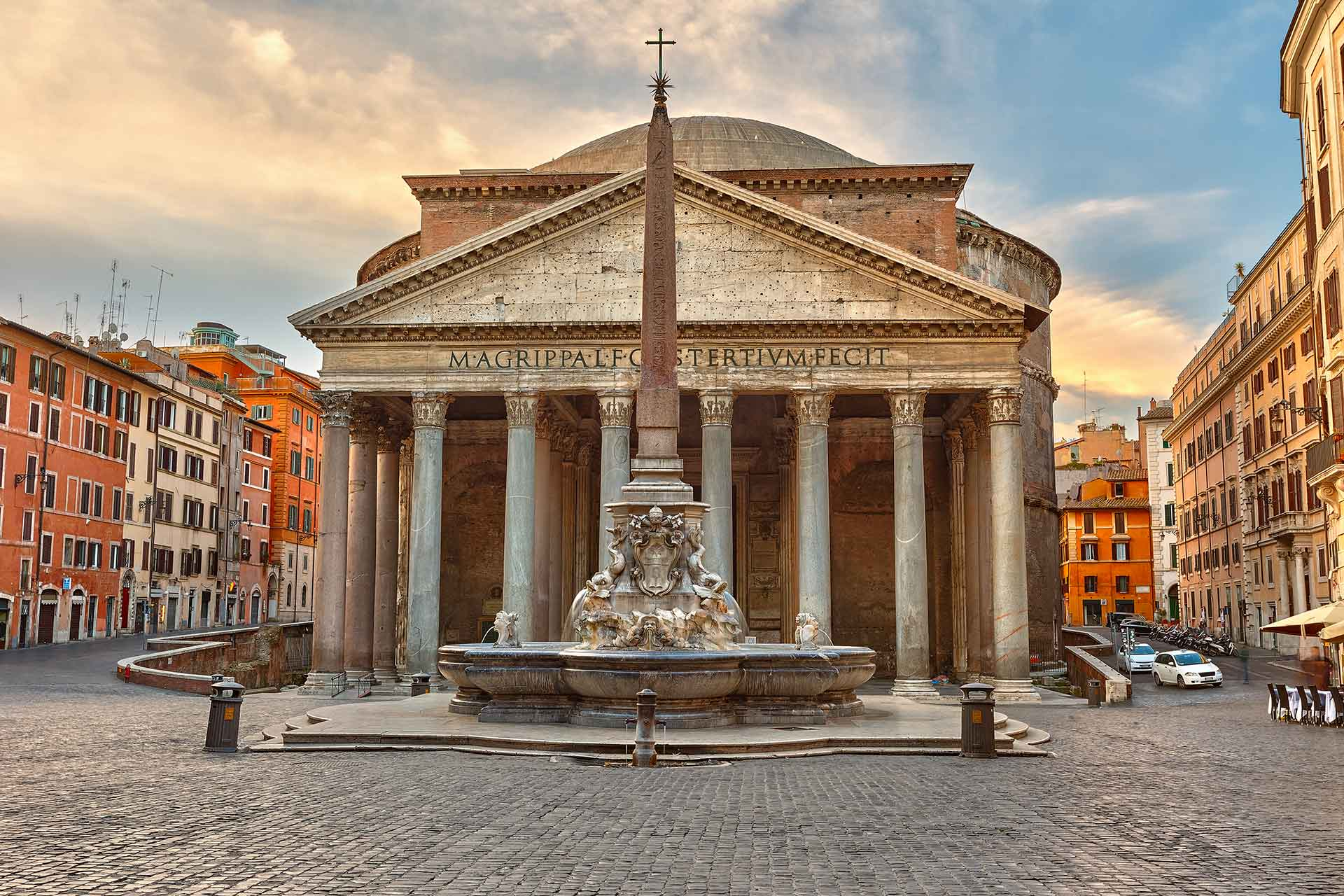
The Pantheon
Era: Second Century / “adoptive” emperors
Description: Temple built by Marcus Agrippa for the higher power gods
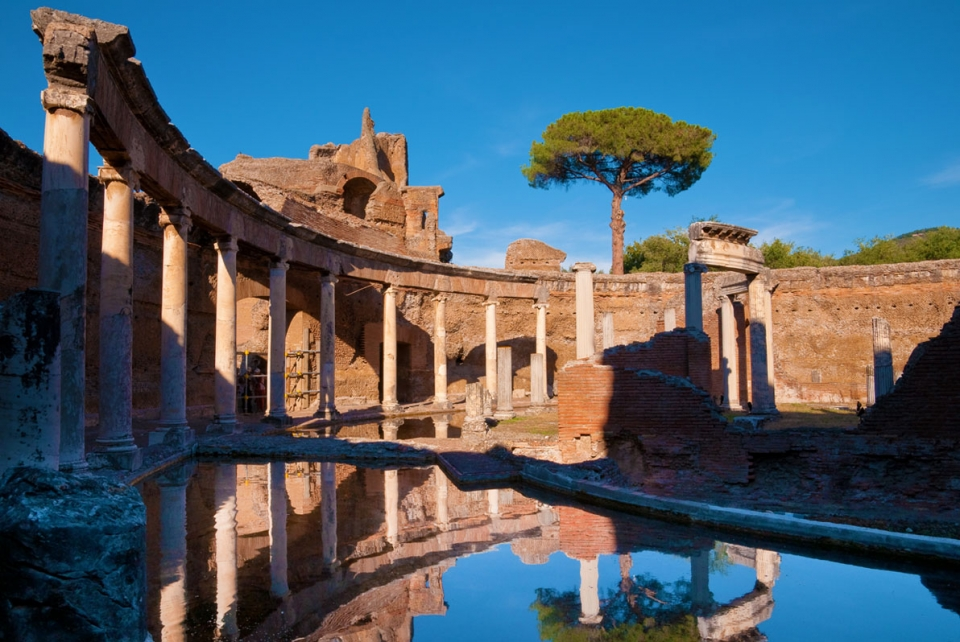
Hadrian’s Villa
Era: Second Century / “adoptive” emperors
Description: Hadrian disliked the palace on Palatine Hill, so Hadrian’s Villa was constructed near Tibur as a retreat from Rome
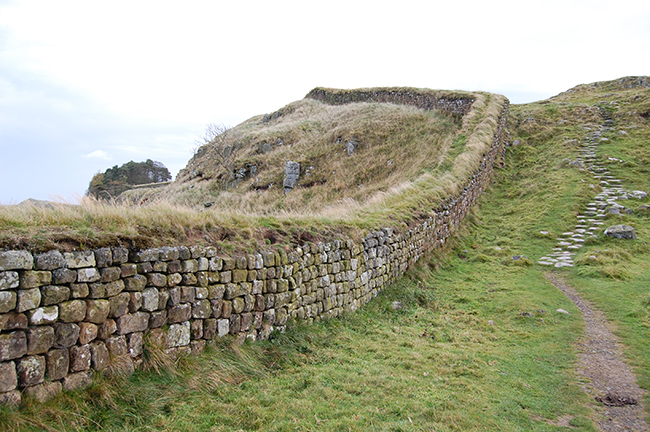
Hadrian’s Wall
Era: Second Century / “adoptive” emperors
Description: Built to defend and protect the Roman province and military and served as a home for many soldiers

Third-century Roman Portrait
Era: Third Century Crisis / The Tetrarchy and Diocletian
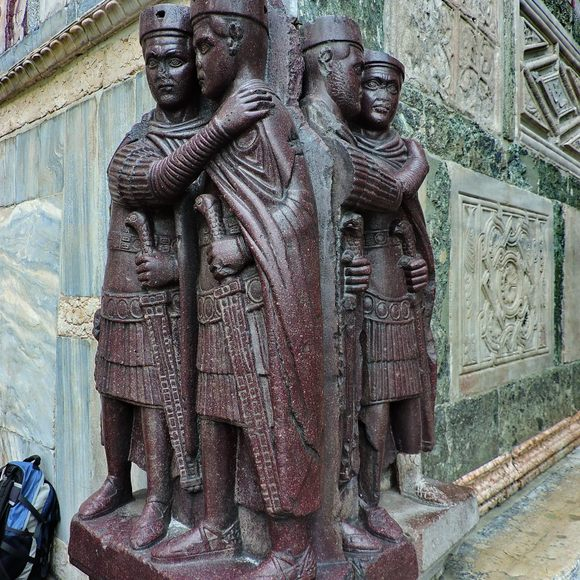
Portrait of the Four Tetrarchs
Era: Third Century Crisis / The Tetrarchy and Diocletian
Description: Division of power in Ancient Rome Third Century
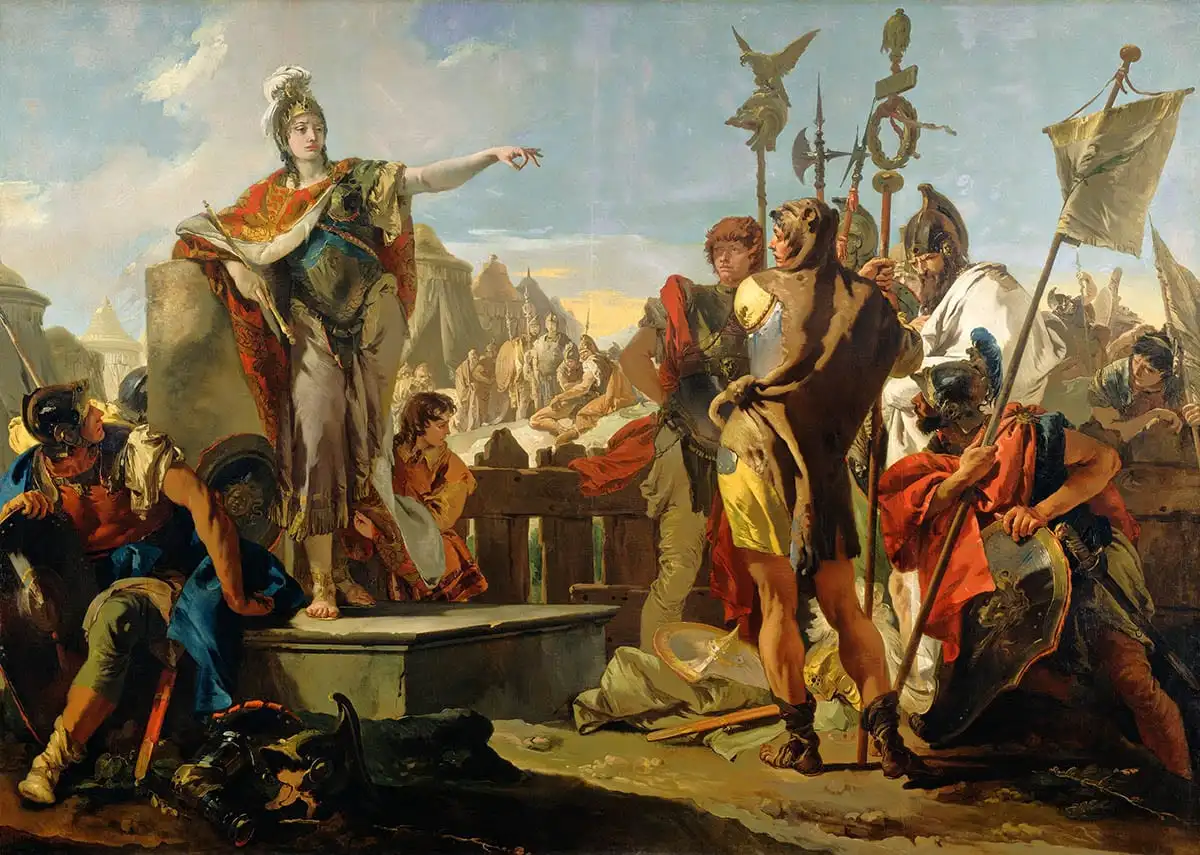
The Crisis of the Third Century
Era: Third Century Crisis / The Tetrarchy and Diocletian
Description: The Roman Empire had nearly collapsed under the combined pressure of repeated foreign invasions, civil wars and economic disintegration
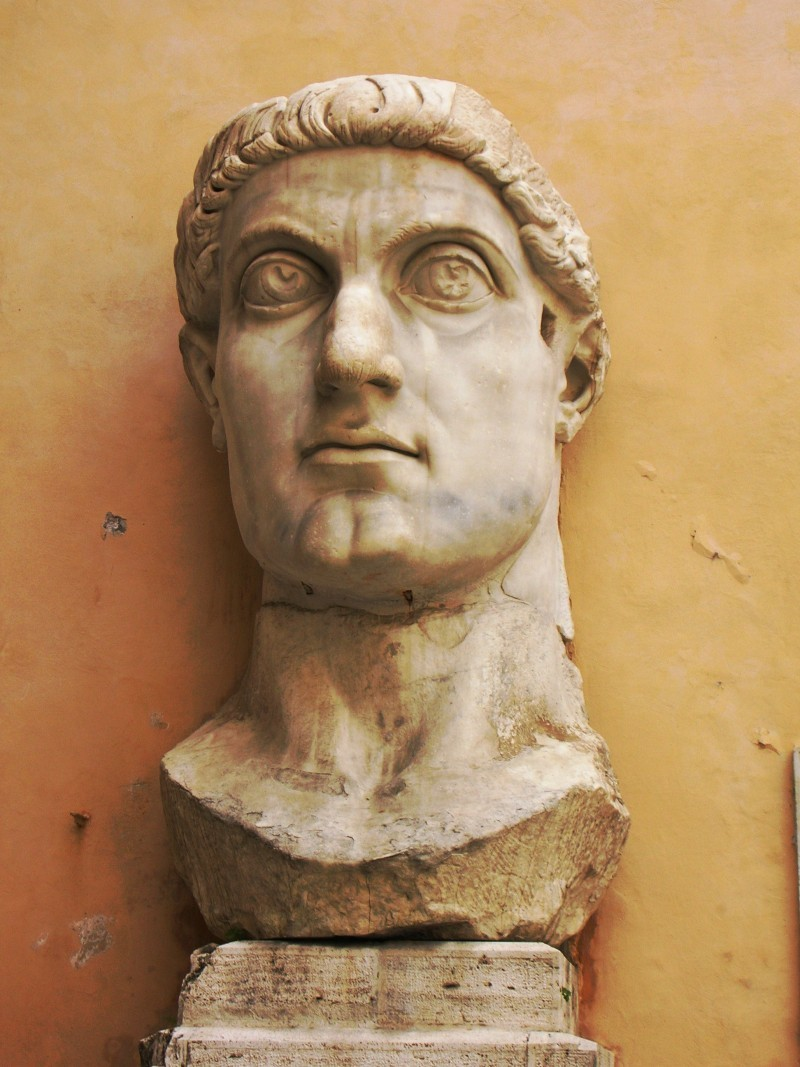
Marble Portrait of Constantine
Era: The Fourth Century / Constantine
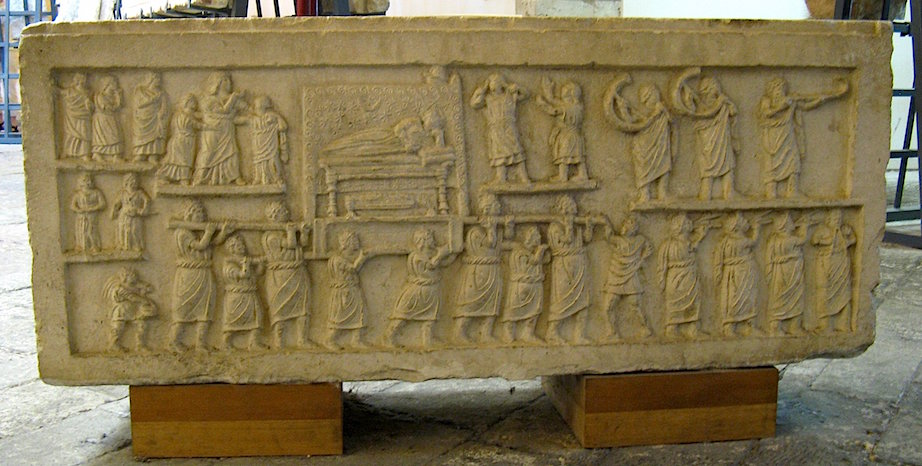
Roman Grave Markers
Era: Unspecific
Description: Romans in-scripted deceased citizens graves to remember or celebrate their life.
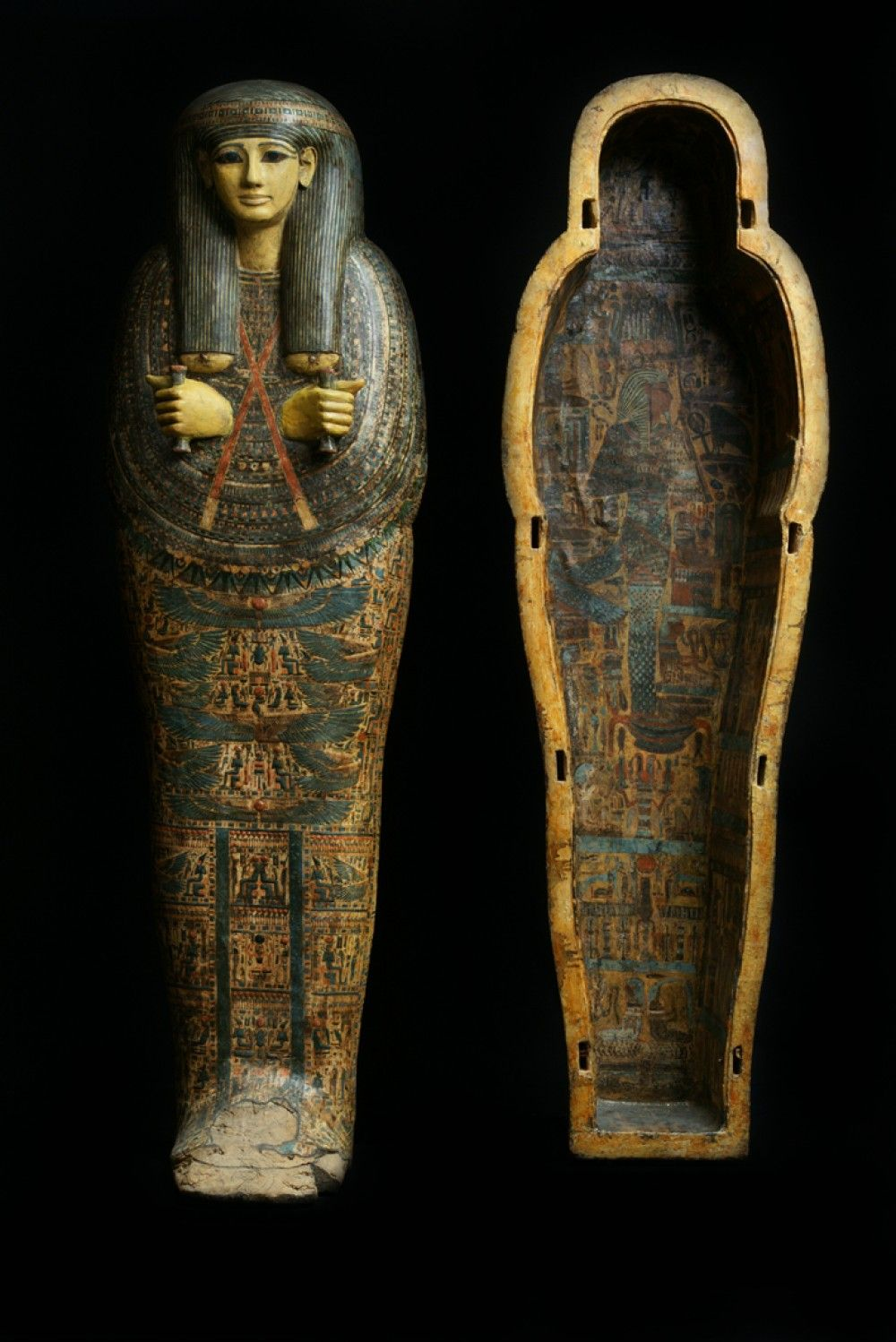
Sarcophagi
Era: Unspecific
Description: Stone coffins used to bury Roman elite, women, entire families, and children

Columbaria
Era: Unspecified
Description: Underground Chamber to preserve ashes from the deceased
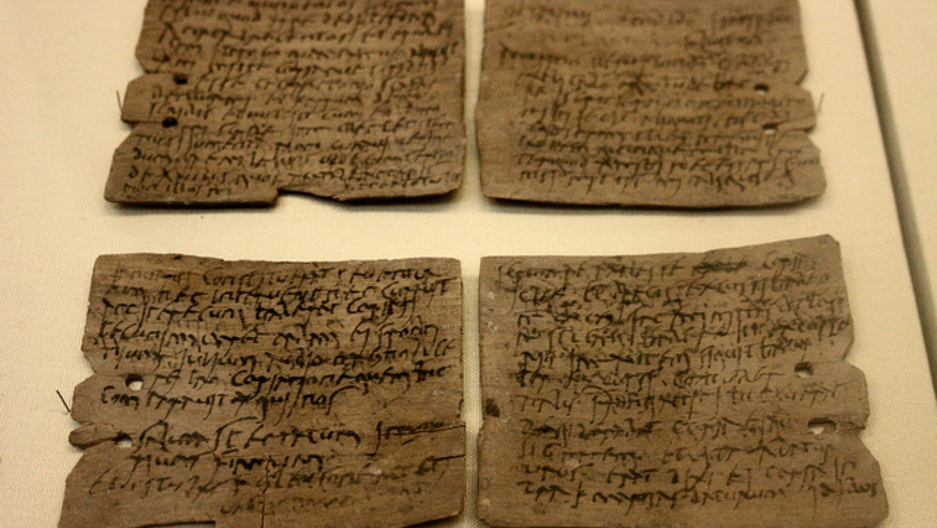
Roman Writing Tablet
Era: Unspecified
Description: Used in school for children
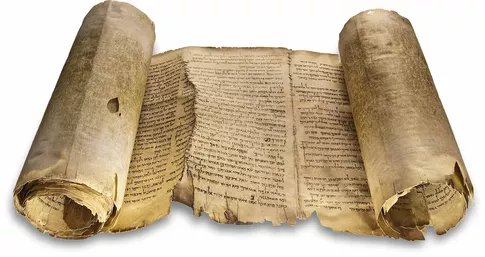
Book Roll
Era: Unspecified
Description: Used in school for children
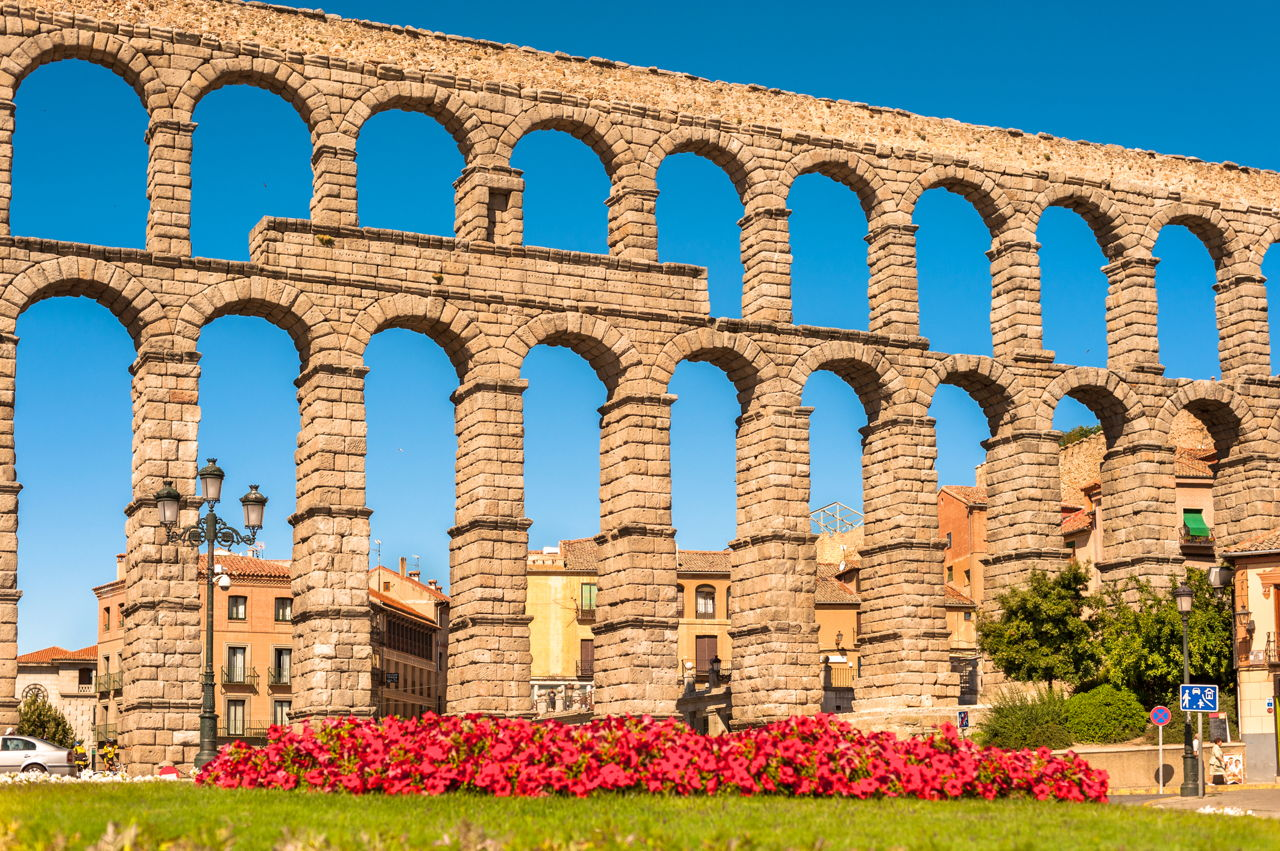
Aqueduct
Era: Unspecified
Description: Provided drinking water for the Romans and indoor sewer systems that carried water away from the city and also supplied the bath houses with ample water
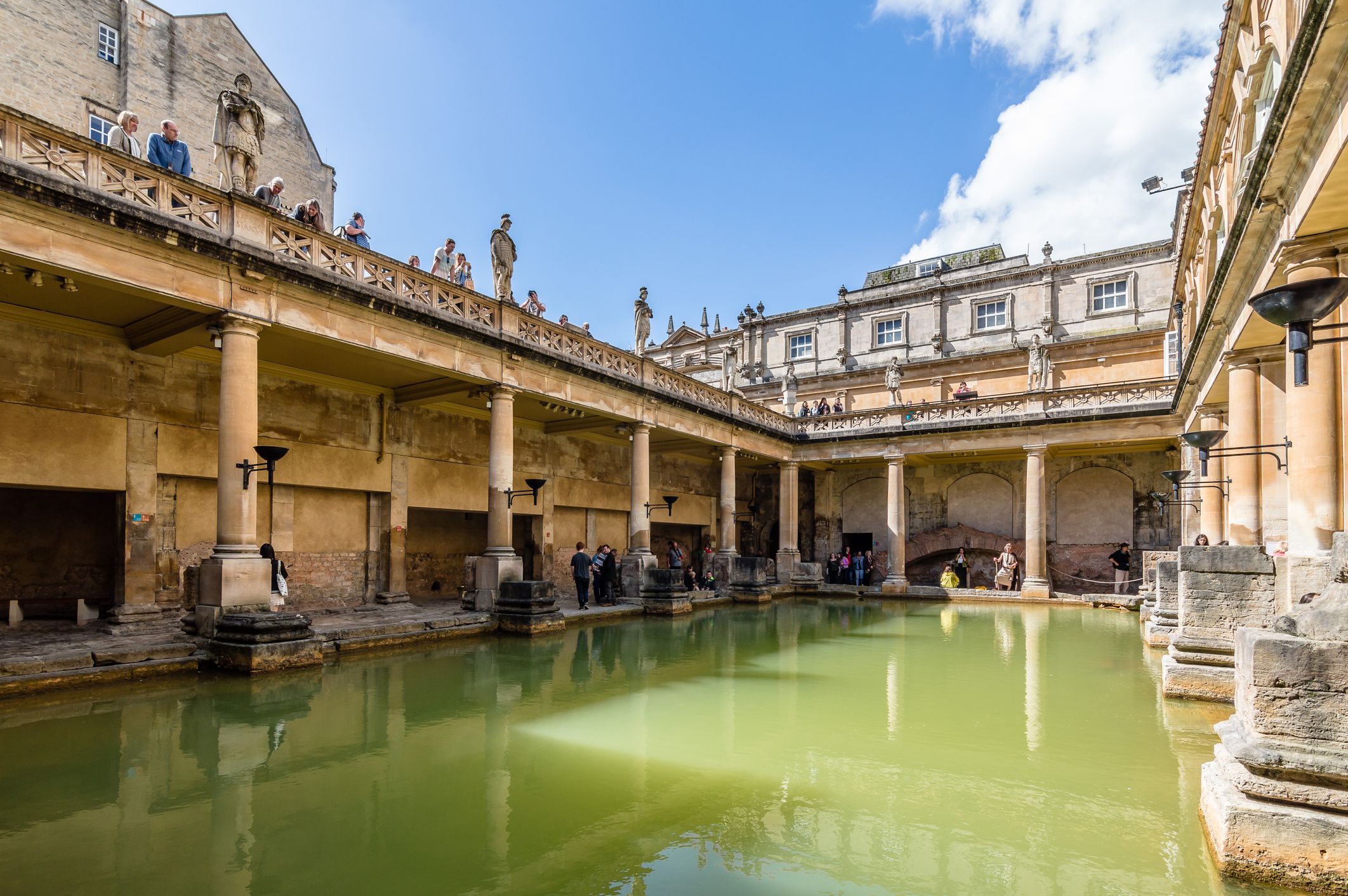
Public Bath
Era: Unspecified
Description: Public gathering and different water temperature rooms

Roman Arches
Era: Unspecified
Description: Testament to their understanding of physics and their attempt to modernize the architectural layout of Rome. Some were dedicated to leaders (like Constantine)
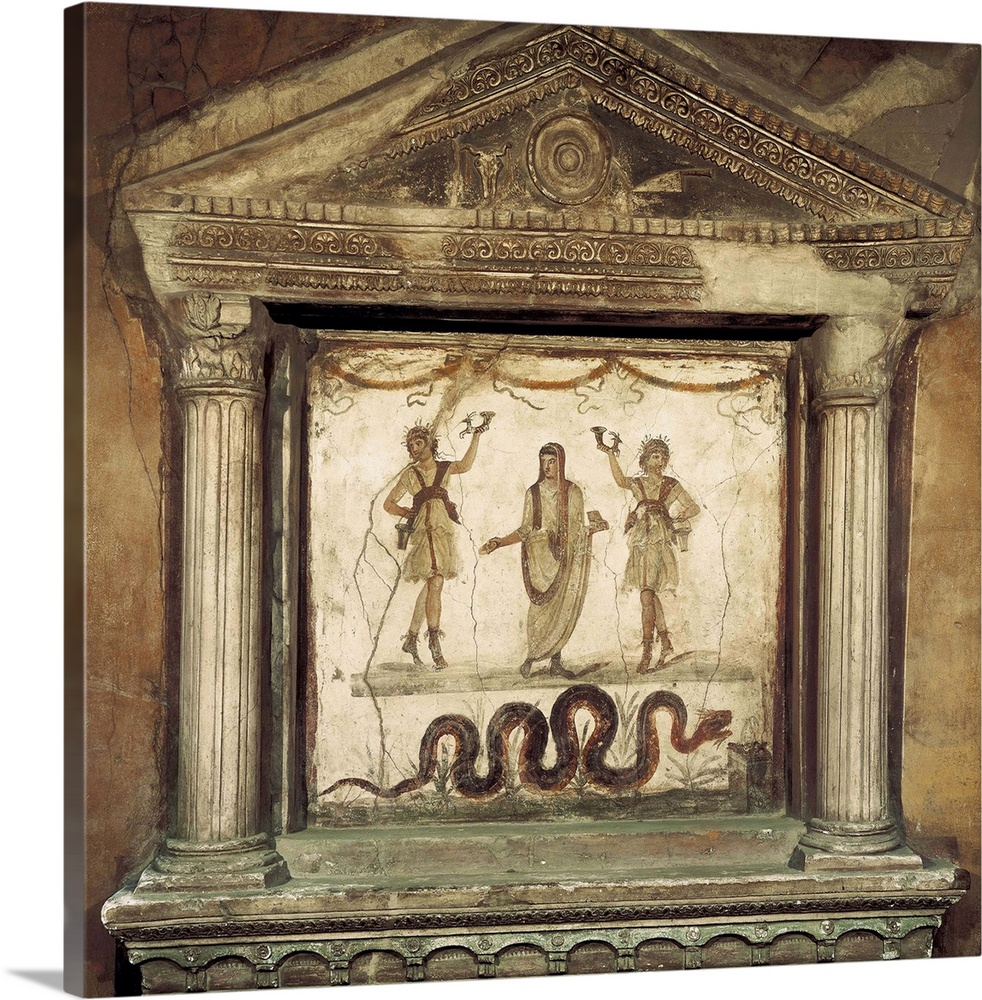
Household Shrine (lararium)
Era: Unspecified
Description: Dedication to the household spirit
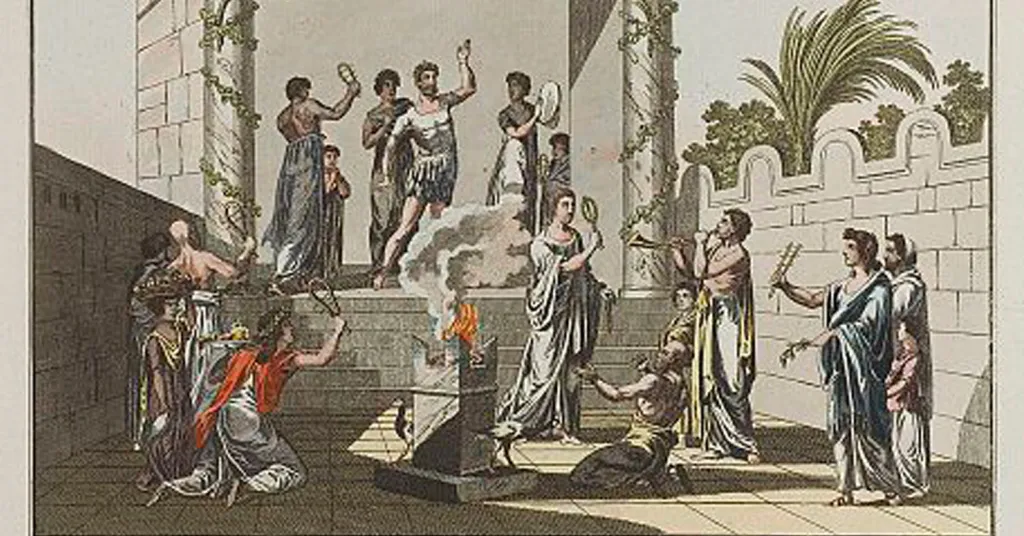
Depictions of the mystery-cult gods
Era: Unspecified
Description: Based on sacred stories and were associated with life and death
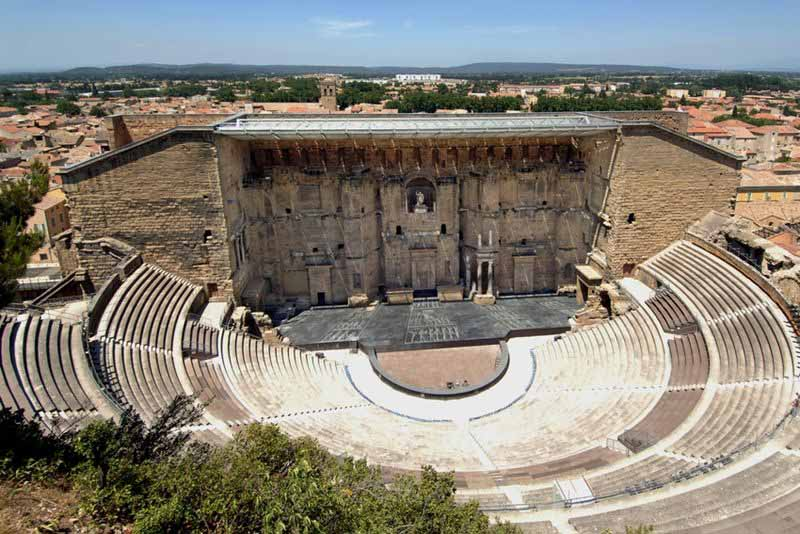
Theaters
Era: Unspecified
Description: Plays, gatherings, battles, etc